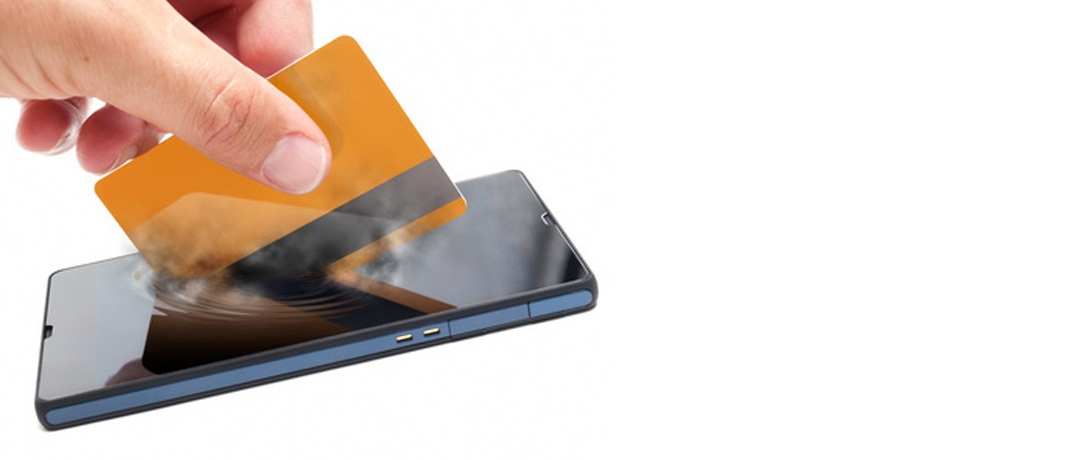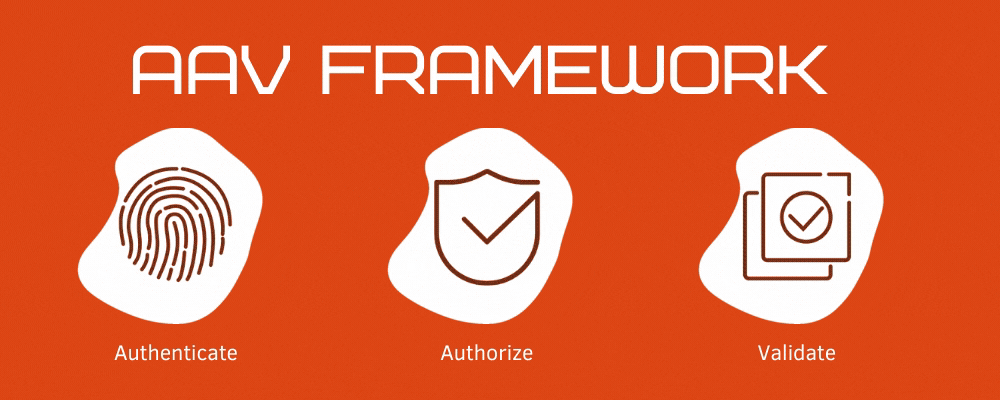Future trends in mobile payments

Mobile payment systems are taking root around the globe, reaching major retailers and coffee shops as well as the single-store small and mid-sized boutiques that dot the landscape.
Payments through mobile card-reader apps are currently available from 40% of small and mid-size businesses, or SMBs, according to researcher BIA Kelsey. That number is expected to rise to more than half of SMBs by the end of 2014.
The current trend of using mobile devices to read credit cards is expected to further evolve, however, removing the need for physical cards and eventually your billfold.
Smartphones: your next wallet
Smartphones have two main ways of facilitating mobile payment solutions: apps and Near Field Communications (NFC).
Apps can be tied to accounts that automatically debit money from bank accounts in order to pay for goods at a specific location or chain. Starbucks is one of the best brand apps to watch for deployment and customer adoption: in July it said that 10% of its in-store purchases in the U.S. are made through its mobile payment app.
Platforms such as Starbucks’ create a scanable barcode on the mobile device and need a point-of-sale system that can incorporate real-time access to a Web payment or account database.
NFC payments depend on the mobile device to manage the mobile payment option instead of the specific retailer. Technologies on Android and even Windows Mobile devices allow users to add credit and some debit cards to the phone’s data. When the phone comes into contact with an NFC-enabled payment device, such as the keypads where you swipe your card at checkout, it can pass on card payment information without the need to actually swipe.
Some credit cards already possess NFC capabilities, allowing you to simply tap on a sensor with the card instead of swiping. The prevalence of these cards is important for mobile NFC payment because it means retailers have already started to purchase and use payment machines that accept NFC input.
This installed base will give NFC a significant near-term boost, but the close proximity that NFC requires may hurt it against Bluetooth competition.
Bluetooth’s answer
The Bluetooth Low Energy (BLE) standard for mobile, nearby communication has been adopted by Apple for its iPhone 5s. The BLE service, which Apple brands as iBeacon, works with a BLE-enabled smartphone and stationary beacons located at entrances, aisles, and store exits. When the smartphone enters a specific region, beacons can transmit data directly to the phone, such as coupons or personalized deals. The platform also supports contactless payment, even the ability to pay for goods simply by walking through a specific zone or door.
BLE is relatively untested and supports only slow data rates, so it currently can’t operate as a platform to deliver ads with audio or video. What it does have as a positive is a range of up to 50 meters compared to the 20cm-range of NFC devices.
If Apple can help companies prove BLE to be viable, it may gain adoption among more Android users. Android officially added BLE support with its 4.3 version. Since Google operates the NFC program for Android devices, NFC has received more press and improvements on the Android platform.
Current applications will stick with smartphones because of their market penetration, but BLE and NFC, plus their future replacements, can be supported with other low-power devices that may become the next big thing. The issue with these new platforms isn’t going to be in the device, but gaining customers’ trust and increasing their adoption rate.
The virtual value proposition
Mobile payment platforms are available on nearly every smartphone today, but they’re rarely used by the owners of those smartphones. A survey from Consult Hyperion and First Data found that 60% of U.S. respondents were uninterested in any mobile wallet service.
Customers have to actively download apps and input their credit card information, potentially multiple times if their preferred vendors use apps instead of BLE or NFC. Presently, there is little perceived value to adding in all of these payment options when carrying a wallet or purse is still commonplace.
A successful future for this space will require some market contraction, whether that’s consolidation through acquisition or the loss of competition through attrition. Mobile payment platforms will need to address customer habits and preferences, making it easy and convenient for adoption.
Image Credits: © Sinisa Botas - Fotolia.com



